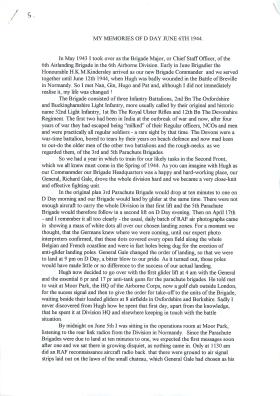
12th Battalion The Devonshire Regiment
12th Battalion The Devonshire Regiment
The unit was initially known as the 50th Battalion The Devonshire Regiment, and formed at the beginning of World War II by amalgamating members of the 12th Holding Battalion and soldiers from Higher Barracks, Exeter. It was responsible for training regimental recruits at Rawlinson Barracks, Denbury Camp near Newton Abbot.
By the autumn of 1940 the battalion was manning beach defences in South Devon, and renamed as the 12th Battalion The Devonshire Regiment. It continued in a coastal defence role in various locations until a move to Truro in May 1943.
Shortly after, it was redesignated as a glider borne infantry unit within 6th Airlanding Brigade of 6th Airborne Division, and renamed again as 12th (Airborne) Battalion, The Devonshire Regiment. The battalion relocated to Bulford to retrain and re-equip for the pending invasion of North West Europe.
A Company was inserted by glider as part of the spearhead force for the Normandy landings, initially as part of the Armoured Reconnaissance Group under the command of Colonel ‘Reggie’ Parker. However, the wide dispersal of paratroops meant there was a shortage of infantry and A Coy was temporarily placed under command of 13th Para Bn. It was tasked with clearing the enemy from Herouvillette before returning to Ranville and rejoining the rest of the Battalion, which had travelled by sea because of insufficient aircraft.
On its first full night in Normandy the battalion suffered 3 killed and 16 wounded from enemy mortar and aircraft attacks.
On 9 June 1944 the 12th Battalion area was attacked by German tanks and infantry but held its positions. Later on 13 June, D Coy with the remnants of the 12th Para Bn attacked and secured Breville, after two attacks by a battalion of the Black Watch had failed.
Thereafter it helped to secure and hold the bridgehead until the launch of Operation Paddle on 21 August and the advance to the River Seine.
The battalion returned to Bulford in early September but was soon back into action in the Ardennes around the villages of Tellin and Bure.Later it held front line positions at Blerick in the Netherlands and returned to the UK in February 1945 in preparation for the airborne bridgehead operation over the Rhine – Operation Varsity.
The battalion deployed by glider on 24 March and succeeded in its task of capturing Hamminkeln with the loss of 140 men killed, wounded or missing.
The following day the battalion pushed out of the Rhine bridgehead with a troop of Churchill tanks and a troop of self-propelled anti-tank guns in support . The group encountered enemy forces after two miles and took 60 prisoners. Later that day they successfully secured the high ground overlooking Brunen but in doing so sustained a further 6 killed and 11 wounded.
On 2 April the battalion was involved in heavy fighting securing Lengerich and suffered a further twelve killed and four wounded. However, in two days it captured over 100 Germans.
The battalion suffered a rare set back when D and B Coys crossed the River Weser on 6 April with no anti-tank guns or mortar support and encountered Panther tanks. In the resulting engagement 51 men of D Coy were captured by the enemy. Generally, the boot remained on the other foot as the 6th Airborne continued its advance, and from 16 to 18 April the battalion captured over 150 enemy, as well as liberating Allied POWs and foreign farm labourers.
The battalion continued its advance to the Baltic coast, and the war diary notes that in the 41 days to 4 May, just under half of the 369 mile advance was travelled by the battalion on foot. It finished up at Hohen Viecheln on the Schweriner See about 10 miles south of Wismar.
The situation by this stage was chaotic, with German troops and civilians fleeing from the Russians who were advancing from the opposite direction. After initial contact with the Russians, the official brigade link up was made at a Russian Regimental HQ at Ventschow where the Commanding Officer and other members of the battalion were entertained to dinner.
The unit returned to the UK in May 1945 and its planned deployment to the Far East did not take place, following the surrender of the Japanese.
The battalion was disbanded at Bulford Fields Camp in November 1945.
Commanding Officers
| 1943 | Lt Col RFB Hill |
| 1943-44 | Lt Col R Stevens |
| 1944-45 | Lt Col P Gleadell DSO |
| 1945 | Lt Col A Tilly |
Further reading
'The Glider Soldiers' by Alan Wood published by Spellmount 1992
Newsletter Signup
Donate
Make a donation to Airborne Assault ParaData to help preserve the history of The Parachute Regiment and Airborne Forces
The Airborne Shop
The Airborne Shop is the official shop of Support Our Paras (The Parachute Regiment Charity RCN1131977).
Profits from all sales made through our shop go directly to Support Our Paras, so every purchase you make with us will directly benefit The Parachute Regiment and Airborne Forces.

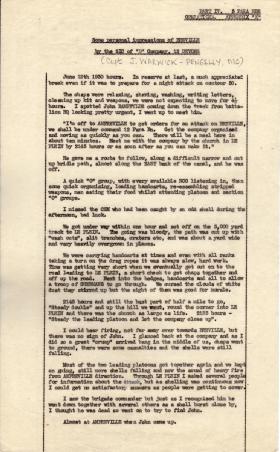
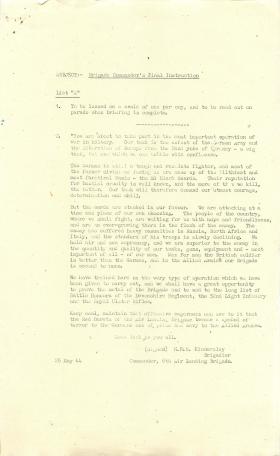
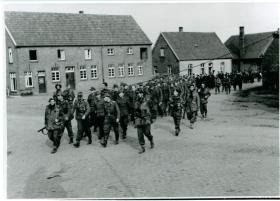
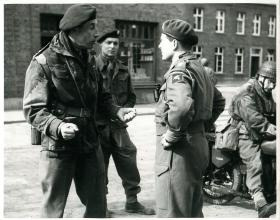
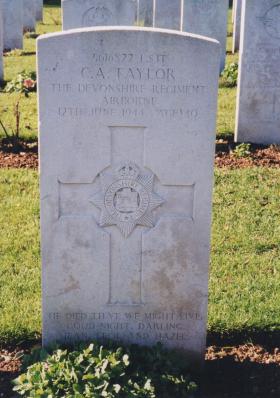
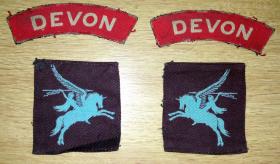
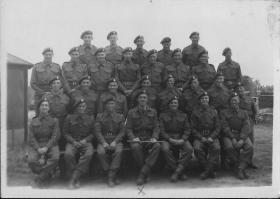
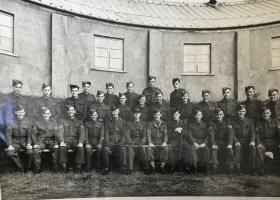
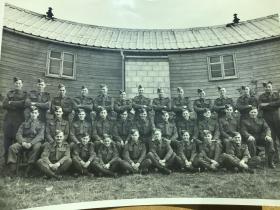
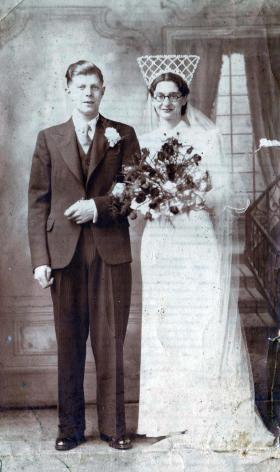
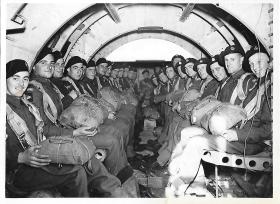
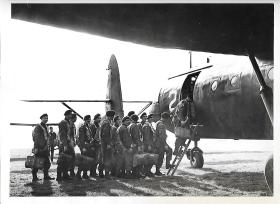
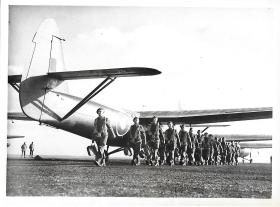
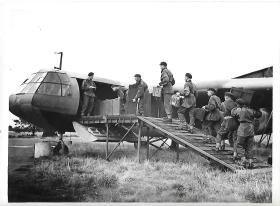



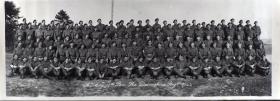
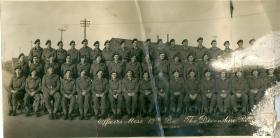
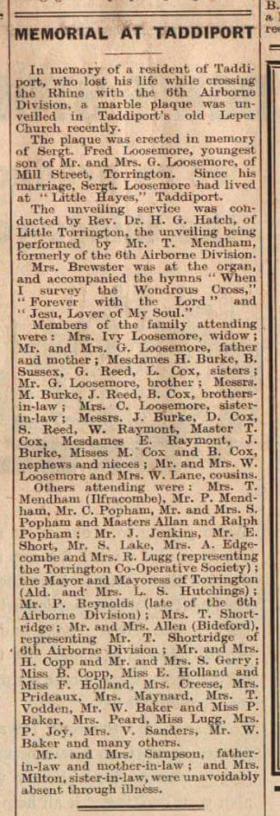
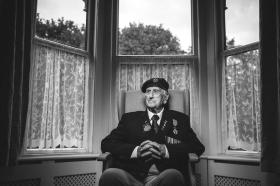
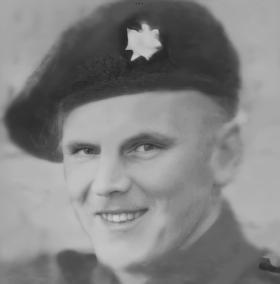



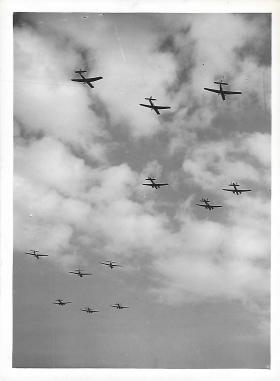
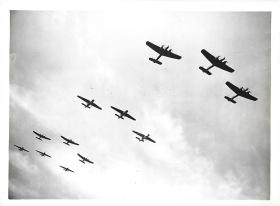
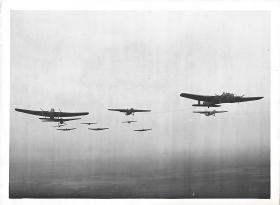
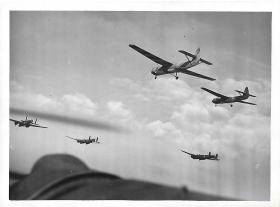

Latest Comments
Thanks for our armed services through the ages never seems enough.
Always remembered.
My father Edward Arthur Biddiscombe was with your uncle Ronald when he was killed in Normandy
He spoke very little about the war,but he did tell me about Ronald.
When my dad passed away in 1983 I began to do some research, I have visited Normandy 3 times now,and always visit Ronald's grave at Ranville airborne cemetery, it has been replaced from a white portlandheadstone to a new marble type stone
Always immaculately kept.
So young..lest we forget
Add Comment
In order to add comments you must be registered with ParaData.
If you are currently a ParaData member please login.
If you are not currently a ParaData member but wish to get involved please register.